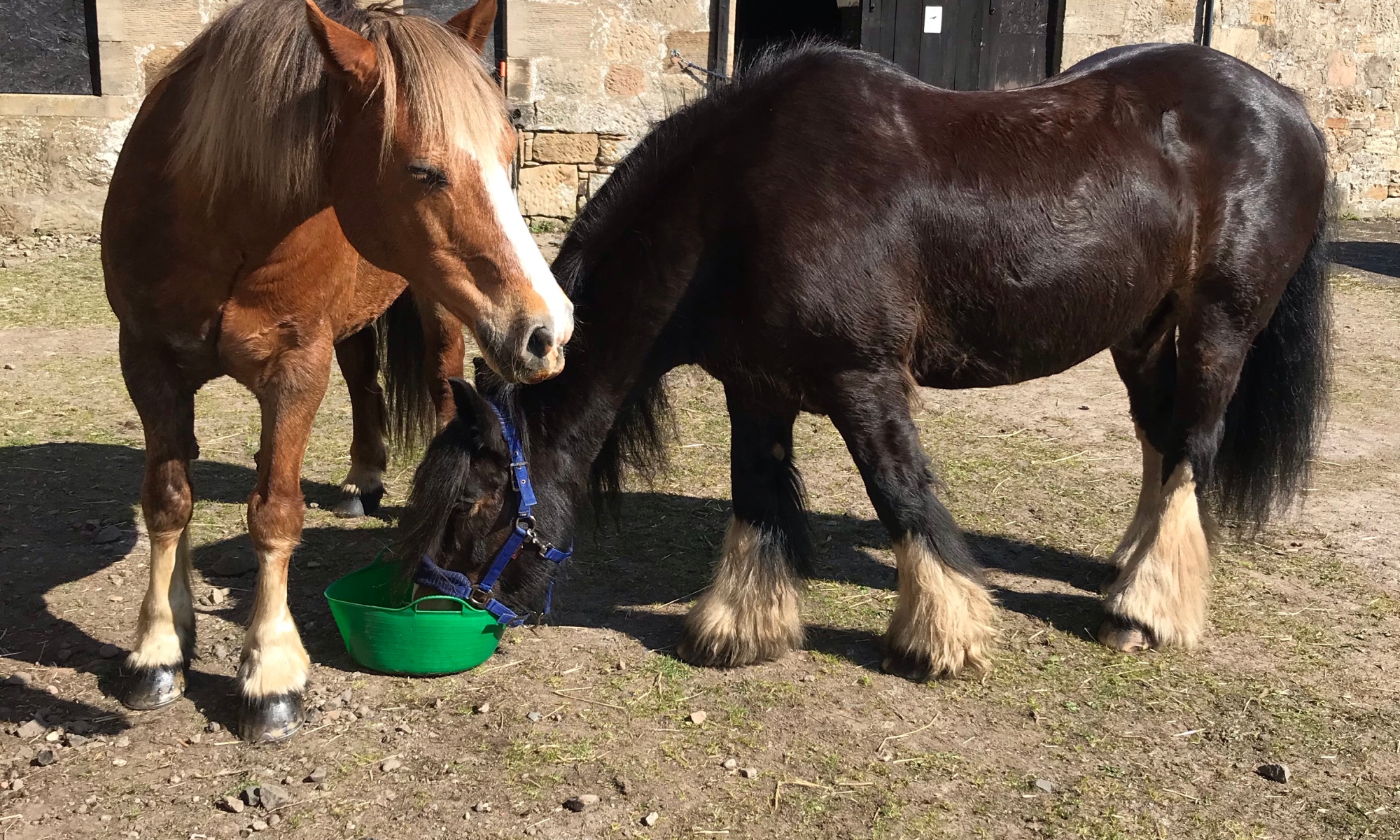There are various ways to build a good relationship with your horse. It’s crucial to build strong trust and effective communication to help you bond with your horse.
The first step to building a relationship is identifying your horse’s personality type. According to Equine Assisted Growth and Learning Association, there are four personality types. Dominant horses will require a patient, confident leader to build trust with them. Submissive horses tend to be shy or fearful and look to their humans to lead them. Horses with an independent personality don’t need constant attention but seek out affection on their terms. Finally, the social horse likes to be around other horses and humans. It will bond with its human, but keep an eye out to ensure it doesn’t bond too closely to one person in particular.
These traits can help you identify your horse’s needs as you build a relationship together.
How do you communicate with your horse?
You could communicate with your horse by using a wide range of verbal and nonverbal signals.
Verbal communication includes talking to your horse in a soothing, quiet voice while feeding them treats. It would help if you also communicated with your horse through physical contacts such as patting, stroking, or scratching them on their neck or withers.
Nonverbal communication is also essential. If your horse is hungry, he may communicate this by turning and facing you and bobbing their head up and down.
Not all horses communicate in the same way. Horses that share directly typically communicate with other horses through physical contact such as head-butting, bumping foreheads, or kicking each other.
Horses communicate with horses that they are familiar with through body language. This includes ear position, eye gaze, and head or neck movement. Horses communicate danger by looking directly at another horse, laying back their ears, and kicking out with their hind legs.

Pheromones are chemicals secreted by animals that can communicate many types of information. The horse’s sense of smell is highly developed, and they share through pheromones in their urine, feces, and even sweat glands.
Additionally, pheromones communicate the social status of horses within a herd. For example, when a dominant horse comes into contact with a lower-ranking horse’s urine or feces, the dominant horse may show respect by urinating or defecating.
The more you communicate with your horse, the more they communicate back to you. Communication is essential for establishing a relationship with your horse because it helps them gain trust in you and builds on their instincts.
How to get a horse to back up?
Odds are, if you’ve ever asked this question, your horse was standing still. The first thing to get your horse to back up is to get him moving! If he’s trotting or cantering, ask him to slow down and then bring him back into a walk. Next, get his attention with some sugary treats (or a carrot for my non-US readers) and get him to follow your hand.
Once his head is over your shoulder, bring your hand back past you slowly. Your horse should follow it back with his nose. The key here is SLOWLY. If you do it fast enough that he doesn’t have time to think about where the treat went, he will not get the idea of following it. It’s like if you were trying to get a bird to come to you; would you throw something and then run away and hope it followed? No, that method wouldn’t work. You’d get another treat and get in front of the bird again and move very slowly until it followed you. Then get a little farther away and repeat the process until you’re outside of range. That’s what we’re doing here with horses!
Once he follows your hand back past you, try asking him to step backward. This can be as simple as putting pressure on his side or shoulder and adding a “back up” cue.
Horse bonding exercising
Horseback riding is not only a fun sport to do, but it can also help you create an unbreakable bond with your equine. It can also help you make an unbreakable bond with your equine.
Conclusion:
Science-backed ways to bond with your horse are fundamental to any relationship you create with them.
Study after study affirms what experienced horse people know well: the best, most effective way to build a strong, lifelong bond is carefully set aside time for focused interaction.
This takes both commitment and consistency; even if your journey with your horse is over after one hour a day, that’s better than nothing.
“I think it’s important to remember that any time you spend with your horse is time spent building your relationship,” says Moyer.
